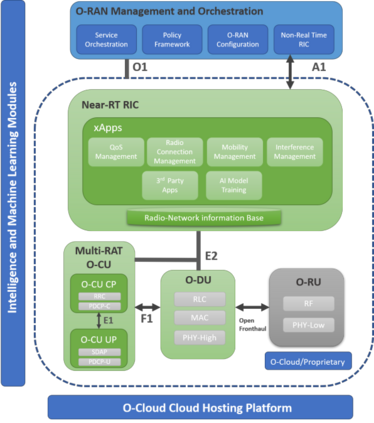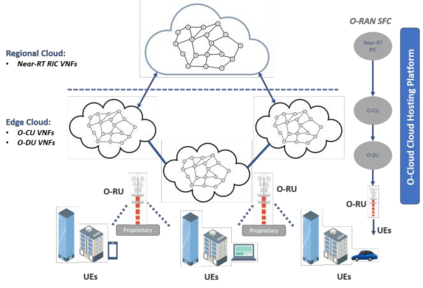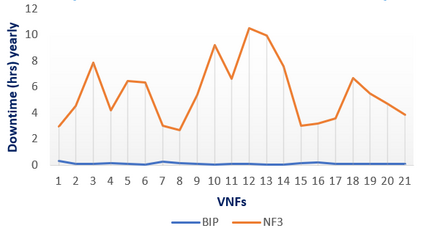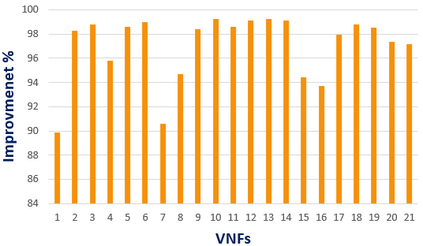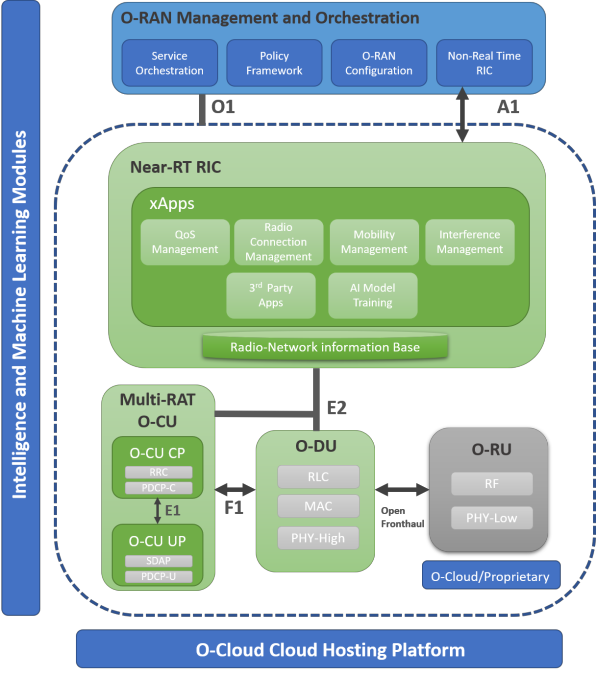Due to the huge surge in the traffic of IoT devices and applications, mobile networks require a new paradigm shift to handle such demand roll out. With the 5G economics, those networks should provide virtualized multi-vendor and intelligent systems that can scale and efficiently optimize the investment of the underlying infrastructure. Therefore, the market stakeholders have proposed the Open Radio Access Network (O-RAN) as one of the solutions to improve the network performance, agility, and time-to-market of new applications. O-RAN harnesses the power of artificial intelligence, cloud computing, and new network technologies (NFV and SDN) to allow operators to manage their infrastructure in a cost-efficient manner. Therefore, it is necessary to address the O-RAN performance and availability challenges autonomously while maintaining the quality of service. In this work, we propose an optimized deployment strategy for the virtualized O-RAN units in the O-Cloud to minimize the network's outage while complying with the performance and operational requirements. The model's evaluation provides an optimal deployment strategy that maximizes the network's overall availability and adheres to the O-RAN-specific requirements.
翻译:由于互联网设备和应用程序的流量急剧上升,移动网络需要新的范式转变来应对这种需求的推出。随着5G经济学,这些网络应当提供虚拟化的多供应商和智能系统,能够扩大和高效优化基础基础设施的投资。因此,市场利益攸关方建议开放无线电接入网络(O-RAN)作为改善网络性能、灵活性和新应用的时到市场的解决方案之一。O-RAN利用人工智能、云计算和新的网络技术(NFV和SDN)的力量,使运营商能够以具有成本效益的方式管理其基础设施。因此,有必要自主地应对O-RAN的绩效和可用性挑战,同时保持服务质量。在这项工作中,我们提出了优化部署O-Cloud虚拟化的O-RAN单元的战略,以尽量减少网络的超出,同时遵守绩效和业务要求。模型的评估提供了最佳部署战略,使网络的总体可用性最大化,并符合O-RAN的具体要求。

